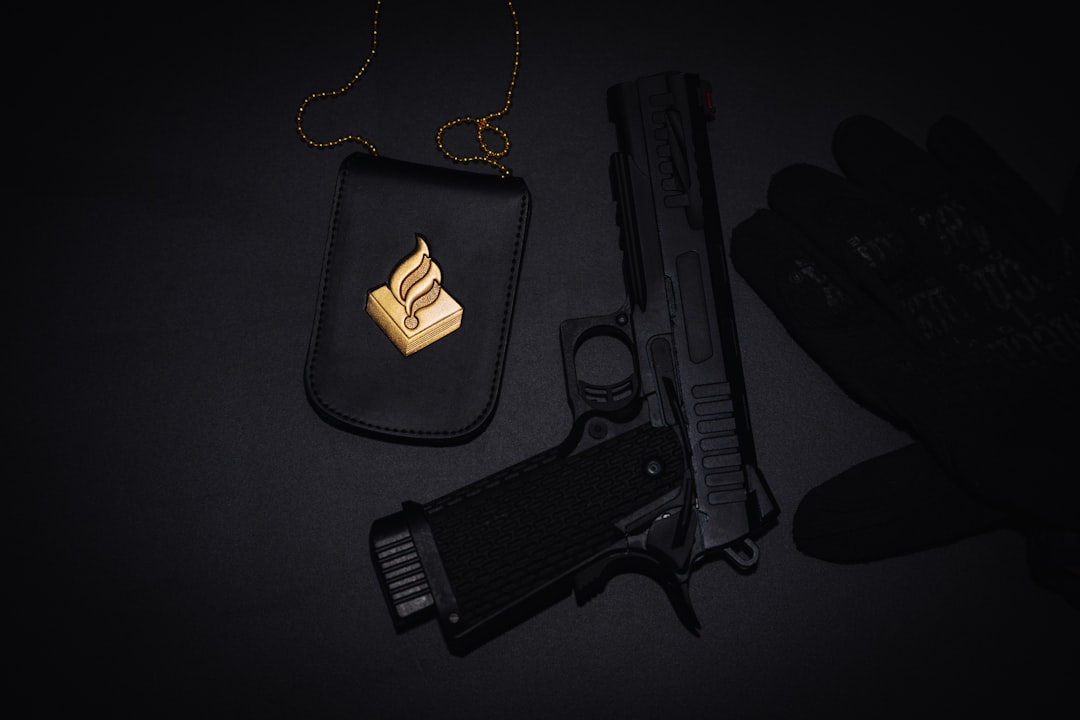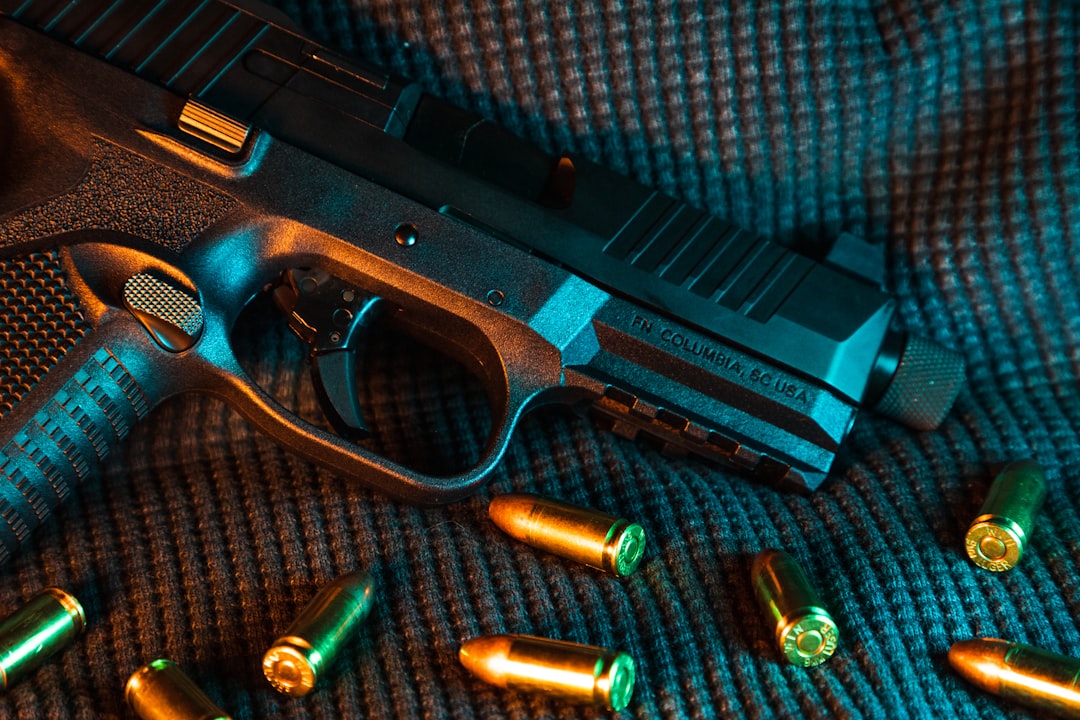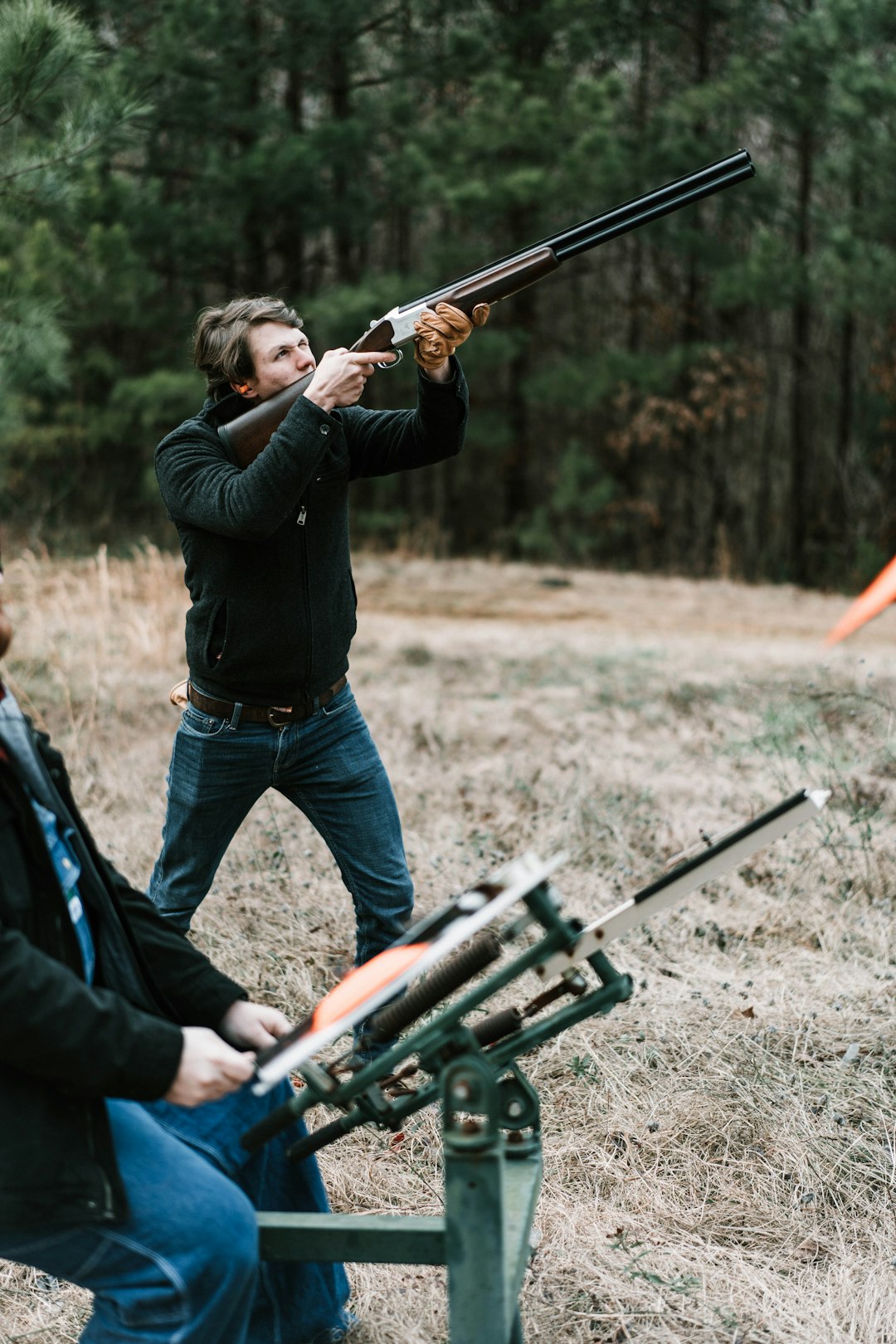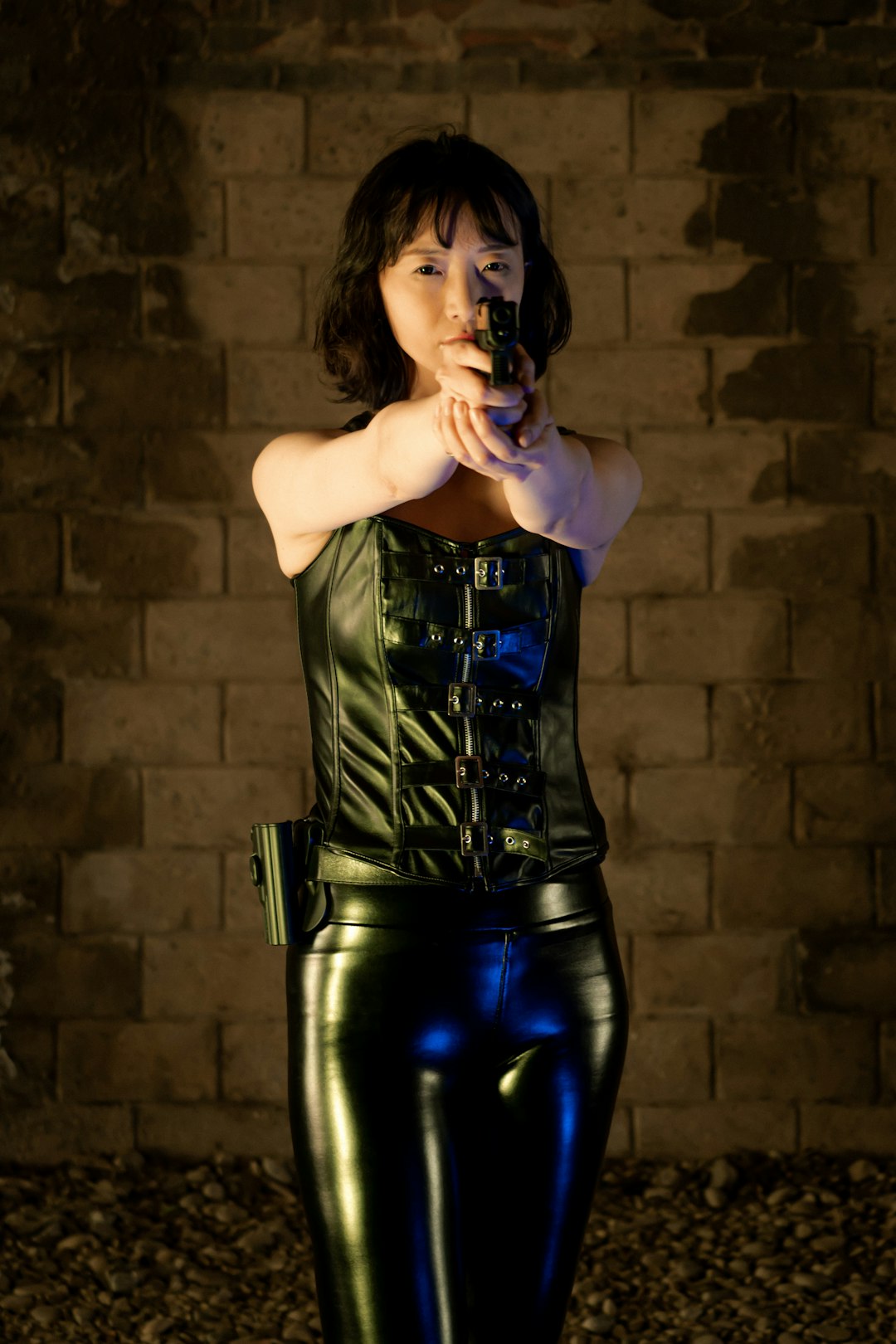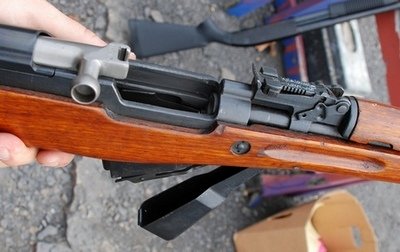Firearms are classified into two categories based on their actions- single shot or repeating.
Single-shot firearms must be reloaded each time they are fired, while repeating firearms has extra rounds stored in a magazine, cylinder, or barrel.
Firearm actions are made up of parts that load and eject the cartridge or shotshell.
They also have sights and safeties, which we will discuss in detail below.
Also Read: What should you check before choosing a firearm for hunting?
Table of Contents
ToggleWhat Exactly is a Firearm Action?
The action of a firearm is the mechanism that loads, unloads, and fires the gun. It is typically located in the center of the gun beneath the barrel.
The two main types of actions are single-shot and repeating. As we mentioned before, single-shot firearms must be reloaded each time they are fired.
Repeating firearms, on the other hand, have extra cartridges or shotshells ready in a magazine, cylinder, or extra barrel. This allows the gun to be fired multiple times without having to be reloaded each time.
There are several different types of repeating actions, which we will discuss in more detail below.
Types of Firearm Actions
Below we will go into detail about the different types of firearm actions.
Single-shot
As the name suggests, this type of action can only fire one round at a time.
The most common type of single-shot firearm is a bolt-action rifle. To fire a bolt-action rifle, the user must first manually cock the gun by pulling back and then releasing the bolt.
This action chamber a round and makes the gun ready to fire. The user then aims and fires the gun. Once the gun is fired, the user must manually operate the bolt again in order to eject the spent cartridge and chamber a new round.
Single-shot firearms are also common among target shooters because they force the user to take their time and carefully aim each shot.
What are the pros and cons of Single Shot Firearms?
PROS:
- -Single-shot firearms are often more accurate than repeating firearms because the user has to take their time and carefully aim each shot.
- -They are also usually cheaper and easier to maintain than repeating firearms.
CONS:
-The main downside of single-shot firearms is that they can only fire one shot at a time, which can be problematic in self-defense situations or when hunting large game.
Repeating
As we mentioned before, repeating firearms have extra cartridges or shotshells ready in a magazine, cylinder, or extra barrel. This allows the gun to be fired multiple times without having to be reloaded each time.
There are several different types of repeating actions, which we will discuss in more detail below.
The most common type of repeating action is a semi-automatic. In a semi-automatic firearm, the energy from each shot fired is used to cock the gun and chamber the next round.
This means that the user only needs to pull the trigger in order to fire the gun. The user does not need to manually operate the bolt in order to chamber a new round.
What are the pros and cons of Repeating Firearms?
PROS:
- -The main advantage of repeating firearms is that they can fire multiple shots without having to be reloaded each time. This is obviously a big advantage in self-defense and combat situations.
- -They are also generally faster to fire than single-shot firearms because the user does not have to manually operate the bolt between each shot.
CONS:
- -The downside of repeating firearms is that they are often more expensive and difficult to maintain than single-shot firearms.
- -They can also be less accurate than single-shot firearms because the user does not have to take their time and carefully aim each shot.
What are some different types of repeating action Firearms
Now that we’ve gone over the basics of single-shot and repeating firearms, let’s take a look at some of the different types of repeating action firearms.
Bolt-action
The most common type of bolt-action firearm is the rifle. Bolt-action rifles are typically more accurate than semi-automatic rifles because the user has to take their time and carefully aim each shot.
To fire a bolt-action rifle, the user must first manually cock the gun by pulling back and then releasing the bolt. This action chamber a round and makes the gun ready to fire. The user then aims and fires the gun.
Once the gun is fired, the user must manually operate the bolt again in order to eject the spent cartridge and chamber a new round.
Lever-action
Lever-action firearms are similar to bolt-action firearms in that they are typically more accurate than semi-automatic firearms because the user has to take their time and carefully aim each shot.
To fire a lever-action firearm, the user must first manually cock the gun by pulling back and then releasing the lever. This action chamber a round and makes the gun ready to fire. The user then aims and fires the gun.
Once the gun is fired, the user must manually operate the lever again in order to eject the spent cartridge and chamber a new round.
pump-action
Pump-action firearms are also similar to bolt-action and lever-action firearms in that they are typically more accurate than semi-automatic firearms because the user has to take their time and carefully aim each shot.
To fire a pump-action firearm, the user must first manually cock the gun by pulling back and then releasing the pump. This action chambers a round and makes the gun ready to fire. The user then aims and fires the gun.
Once the gun is fired, the user must manually operate the pump again in order to eject the spent cartridge and chamber a new round.
Revolver action
Revolvers have a revolving cylinder that reloads when you draw back the hammer. This action is most often seen in revolvers such as the original Colts and the Glock .38.
Autoloading
Autoloading guns are firearms that reload themselves between each shot.
The autoloading mechanism loads a new round of ammunition into the chamber, ready to be fired, with each trigger pull. Autoloading guns are also known as semi-automatic or automatic weapons.
Handguns, rifles, shotguns, and all manner of non-hunting firearms use autoloading mechanisms. The first autoloading gun was patented in 1885 by Hiram Maxim.
His design used the recoil from the gun to power the mechanism that would eject the spent cartridge and load a new one.
This system is still in use today in many firearms. Over the years, there have been many different designs and variations of autoloading mechanisms, but they all share the same basic function of reloading the gun automatically between each shot.
Autoloading guns are now some of the most popular types of firearms in the world. They are used for everything from hunting to self-defense to target shooting and plinking.
Whether you’re a first-time gun owner or a seasoned shooter, there’s an autoloading gun out there that’s perfect for you.
Multiple-barrel repeaters
A multiple-barrel repeater gun is a type of repeating firearm that has multiple barrels.
Rather than having a mechanism to cycle in a fresh round each time you shoot, the extra round is held in an additional barrel on the gun itself.
Double-barrelled rifles, shotguns, derringers, and other guns with multiple barrels are all types of multiple-barrel repeaters.
These guns are unique because they allow you to shoot more than one round without having to reload.
This can be useful in situations where you need to fire multiple rounds quickly, such as self-defence or target shooting. Multiple-barrel repeaters are also popular among collectors due to their unique design.
Sights
All firearms have some type of sight system that helps the user aim the gun. The most common type of sights are iron sights.
Iron sights typically consist of a front sight and a rear sight. The front sight is usually a post or bead that is placed at the end of the barrel.
The rear sight is usually a notch or aperture that is located on the receiver (the back part of the gun).
When looking through the rear sight, the user should align the front sight with the target. This will help ensure that the gun is properly aimed.
Some guns also have optical sights, which are sights that use lenses and mirrors to magnify the target. These types of sights are typically used on rifles and are helpful for long-range shooting.
FAQ About Firearm Actions
Below are some frequently asked questions (FAQs) about firearm actions:
Q: What are the two basic styles of firearm actions?
A: Single-shot and repeating.
Q: What is a single-shot action?
A: A single-shot action is a type of firearm action in which the trigger release only allows the gun to fire one shot before it needs to be reloaded again.
Q: What is a repeating action?
A: A repeating action is a type of firearm action in which the trigger release allows the gun to fire multiple shots until it runs out of ammunition.
Q: What are some examples of single-shot actions?
A: Some examples of single-shot actions include break action, bolt action, lever action, pump action, and single shot handguns.
Q: What are some examples of repeating actions?
A: Some examples of repeating actions include semi-automatic, full-automatic, and lever-action rifles.
Q: What are the benefits of single-shot actions?
A: Some benefits of single-shot actions include being more reliable and easier to maintain than repeating actions. They also typically cost less.
Q: What are the benefits of repeating actions?
A: Some benefits of repeating actions include being able to fire multiple shots without reloading and being able to fire more rapidly.
Q: Are there any disadvantages to single-shot actions?
A: One disadvantage of single-shot actions is that they require the shooter to take more time to reload after each shot.
Q: Are there any disadvantages to repeating actions?
A: One disadvantage of repeating actions is that they can be more prone to malfunction than single-shot actions. Another is that they typically cost more.
Q: Which type of action do most hunters prefer?
A: Most hunters prefer bolt-action rifles because they are accurate and reliable.
What is the difference between a single-shot and repeating firearm?
A single-shot firearm must be reloaded each time the gun is fired, while a repeating firearm has extra cartridges or shotshells ready in a magazine, cylinder, or extra barrel.
This allows the user to fire multiple rounds without having to reload.
What are the different types of repeating firearms?
There are several different types of repeating firearms, including revolvers, autoloaders, and multiple-barrel repeaters.
Each type has its own unique features that make it suited for different tasks.
For example, a revolver is typically used for self-defense or target shooting, while an autoloader is usually used for hunting or plinking (shooting at targets for practice or fun).
What are the parts of a firearm action?
The action of a firearm is made up of parts that load, unload, fire, and eject the shotshell or cartridge.
The most important part of the action is the trigger, which is what the user pulls to fire the gun.
Other parts of the action include the hammer (or striker), magazine release, safety, and slide stop.
How do I choose the right firearm for me?
There are many factors to consider when choosing a firearm, such as your intended purpose, hand size, and shooting experience.
It is important to consult with a knowledgeable salesperson or instructor to find the right gun for you.
What are some common firearm terms?
Some common firearm terms include caliber, magazine, chamber, and muzzle.
Caliber refers to the diameter of the bullet, while chamber is the portion of the barrel where the cartridge is inserted.
The magazine is where extra rounds are stored, and the muzzle is the end of the barrel where the bullet exits.
What are some non-profits that focus on firearms safety?
There are several non-profits that focus on firearms safety, such as the National Rifle Association (NRA) and the National Shooting Sports Foundation (NSSF).
These organizations offer training courses, support gun safety research, and provide resources to help prevent accidents and injuries.
What are some tips for staying safe around firearms?
Some tips for staying safe around firearms include always keeping the gun pointed in a safe direction, treating every gun as if it is loaded, and never pointing the gun at anything you do not intend to shoot.
In addition, it is important to wear ear and eye protection when shooting, and to keep your finger off the trigger until you are ready to shoot.
Firearms safety is an important issue, and everyone should take the time to learn about it. By following these tips, you can help make sure that accidents don’t happen.
